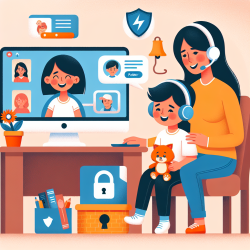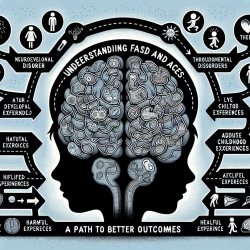As a speech-language pathologist dedicated to data-driven decisions, the recent research on "The Sign 4 Little Talkers (S4LT) Intervention" offers compelling evidence on the effectiveness of sign language in improving key developmental outcomes in hearing preschool children. This blog aims to distill these findings and provide actionable insights for practitioners.
Understanding the S4LT Intervention
The S4LT program was developed to address gaps in vocabulary and communication skills in preschool children. This intervention incorporates sign language into storybooks, which are used to engage children in learning new words and improving their communication skills.
Key Findings from the Research
The study evaluated the impact of the S4LT program across eight early years settings in Luton, United Kingdom. A total of 118 preschool children were assessed on various domains, including listening, understanding, speaking, and managing feelings and behavior. The results were statistically significant across all measures:
- Words Spoken: P < .001
- Words Understood: P < .001
- Speaking: P < .001
- Managing Feelings and Behavior: P < .001
- Understanding: P < .001
- Listening and Attention: P < .001
- Well-being: P < .001
Approximately two-thirds of the children made expected or good progress, often progressing multiple steps in educational attainment after being assessed as developmentally behind at baseline.
Actionable Insights for Practitioners
Based on these findings, practitioners can consider the following strategies to enhance their practice:
- Incorporate Sign Language: Utilize sign language as a tool to improve vocabulary and communication skills. This approach has shown to be effective in engaging children and accelerating their language acquisition.
- Engage Parents: Involve parents in the learning process by providing them with resources and training on how to use sign language at home. This can create a more holistic learning environment for the child.
- Targeted Support: Pay special attention to children who are not responding as well as expected, such as boys with English as an Additional Language (EAL). Tailored interventions can help these children catch up with their peers.
Encouraging Further Research
While the S4LT program has shown promising results, further research is needed to explore its long-term impact and scalability. Practitioners are encouraged to contribute to this growing body of evidence by conducting their own evaluations and sharing their findings.
To read the original research paper, please follow this link: The Sign 4 Little Talkers Intervention to Improve Listening, Understanding, Speaking, and Behavior in Hearing Preschool Children: Outcome Evaluation.










